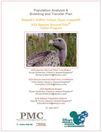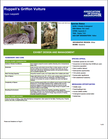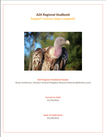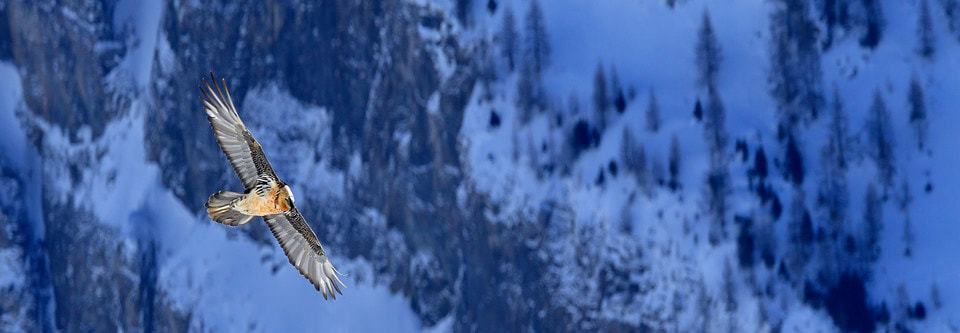Photo: Mel Hall, Disney's Animal Kingdom
-
Natural History
-
SSP
-
Organizations
<
>
Conservation StatusHabitat
Diet
Characteristics
|
Range and Distribution
Reproduction
|
Conservation Issues
- Visit the African Vulture SAFE page for more information on the African Vulture Crisis
- According to Ogada et al. (2016), the projected population decline in Rüppell’s griffon vultures is 97% within 3 generations.
- The largest threat facing vultures is poisoning, primarily via agricultural pesticides. The main sources of poisoned carcasses are a) elephants or rhinos killed by poaching whose carcasses are poisoned to deter circling vultures from giving away the location of poaching events, b) large predators such as lions that were poisoned in retribution for killing livestock, and c) feral dogs that were poisoned in an effort to curb their population growth. The trade in traditional medicine and collisions with electrical infrastructure are also important causes of population decline.
|

Population Analysis & Breeding & Transfer Plan (updated 6/27/17)
Officers
|
Name
|
Organization
|
Position
|
|
SSP Program Leader & Studbook Keeper
SSP Vice Program Leader Education Advisor Education Advisor |




